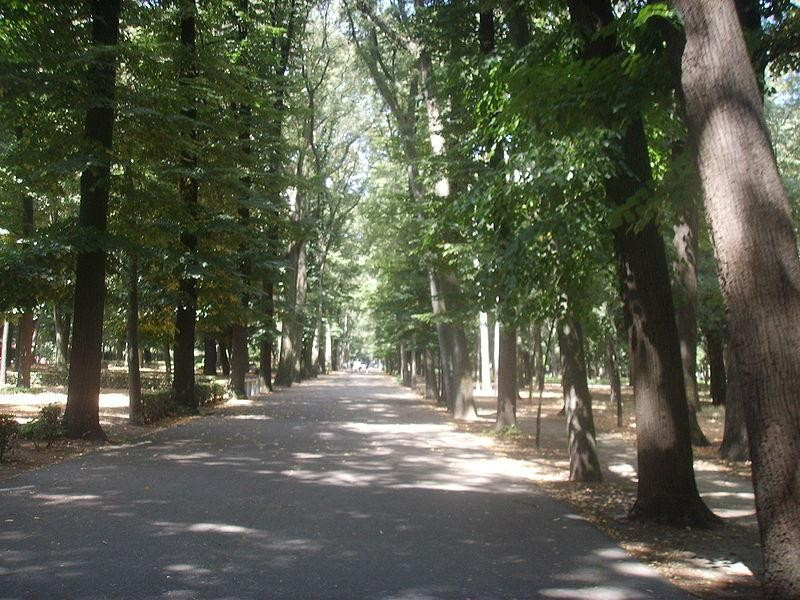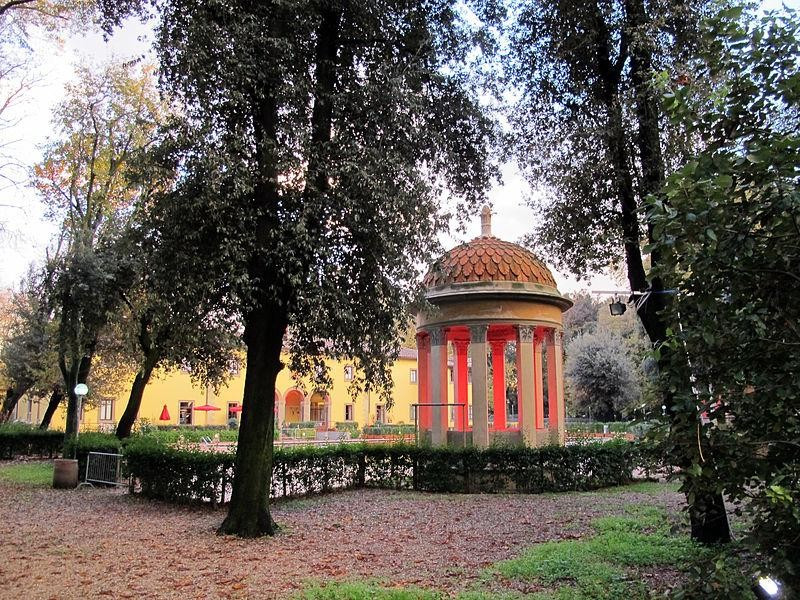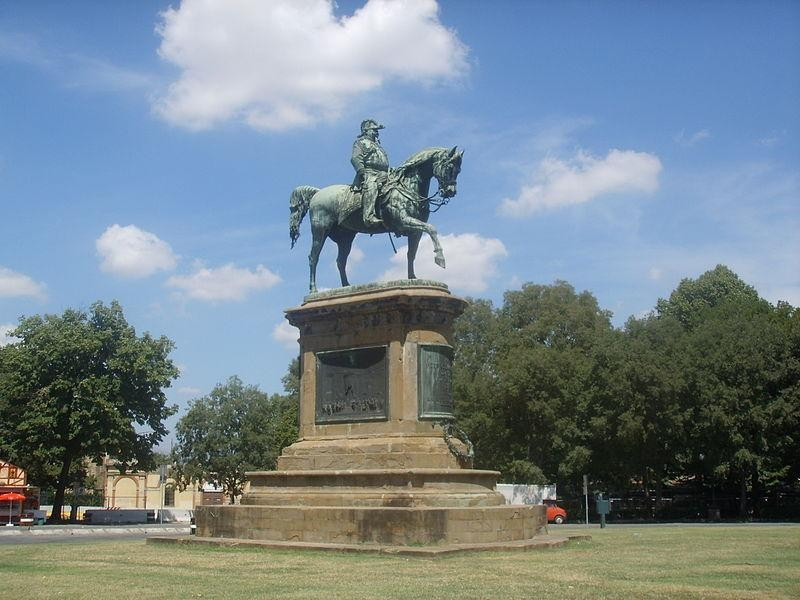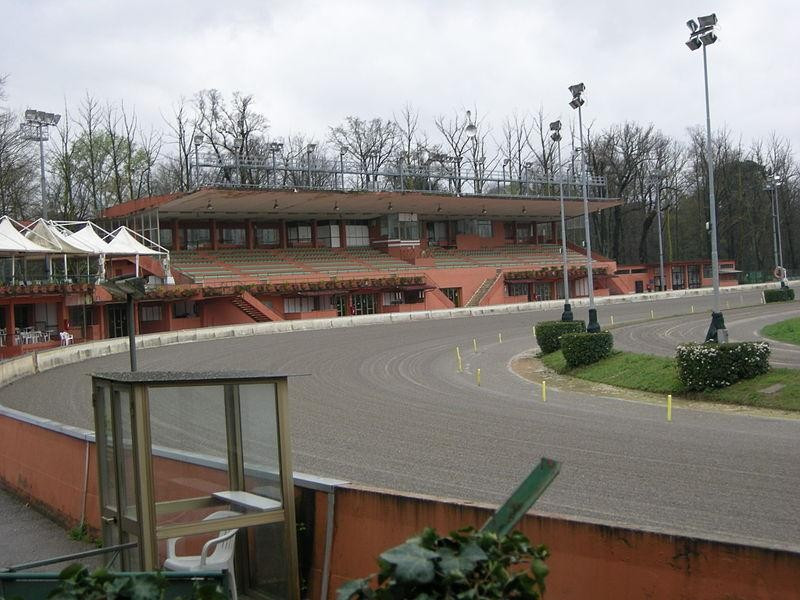Parco delle Cascine
The Cascine Park, with its 160 acres, is the largest public park in Florence. It is a flat strip of land that runs along the right Arno bank. Its construction began in 1563 as a farm owned by Cosimo I de' Medici, from here precisely the name of Cascine, derived from the ancient "cascio" ("cheese"), as a place where they breed cows from cheese. With the passage of the Grand Duchy of Tuscany to the Lorena family, the Park took on the current function of a place of recreation, open to the public on special occasions. At the end of the eighteenth century by Giuseppe Manetti, the Park was enriched with important buildings, such as the Real Palace, current seat of the Faculty of Agriculture of the University of Florence, the trough of Quercione, said Boccacce Fountain, the Pyramid with function of the ice cellar, the Amphitheater and the installations of nautical Pavoniere: two buildings shaped as Neoclassical temples, which were originally two bird cages at the Park furniture. Among the many fountains the most famous is that of Narcissus. The English poet Percy Bysshe Shelley was inspired here to write the "Ode to the West Wind". The Park became public at the beginning of the nineteenth century. It was acquired by the City in 1869, who entrusted the restoration to architect Felice Francolini. Vast expanse of open grassland in the Park, bordered by wooded areas; an arboretum of great botanical interest is kept within the School of Air Warfare. Vittorio Veneto Square is home to the great bronze statue of King Vittorio Emanuele II on horseback. Inside, the tree line, high, alternating different tones of green, recalling the color composition of the Italian garden. In 2013 it opened a Vvisitor Center, and the Velodrome, named after Enzo Sacchi.





